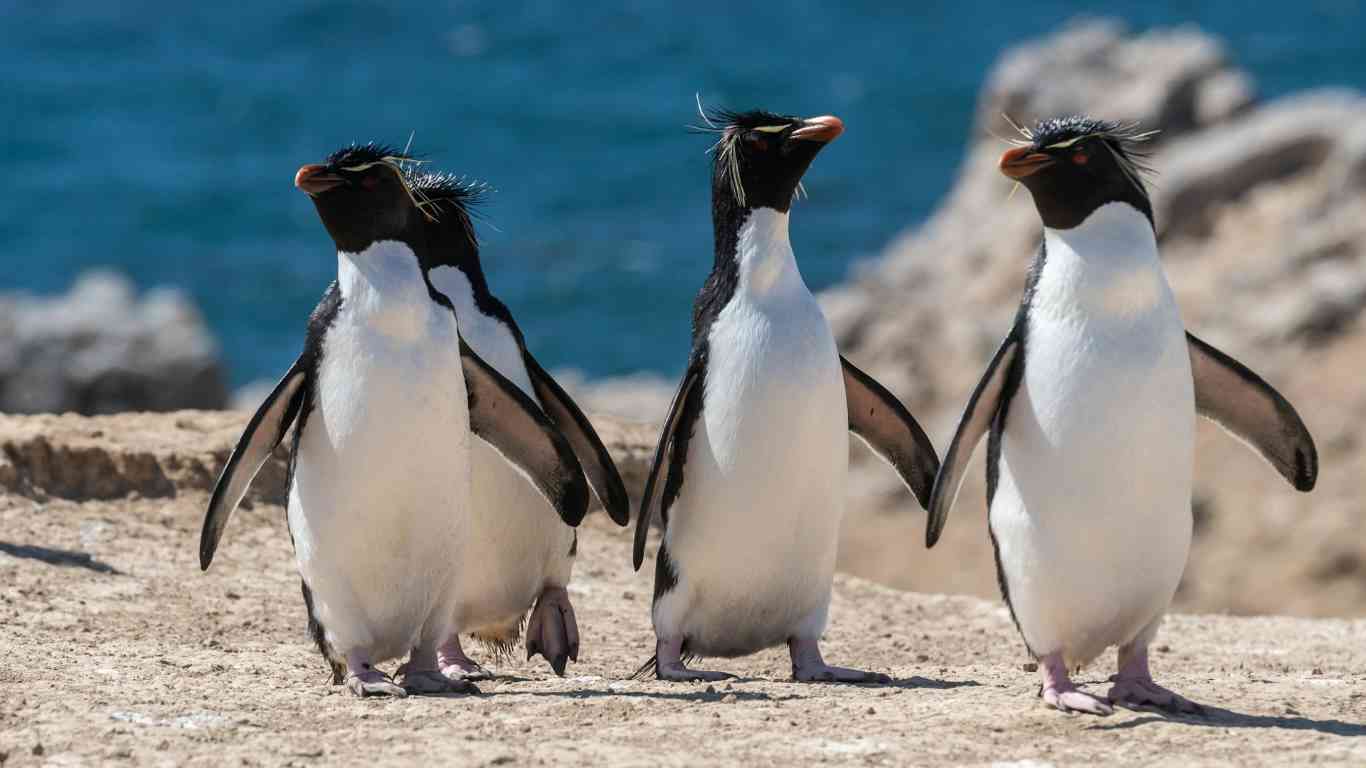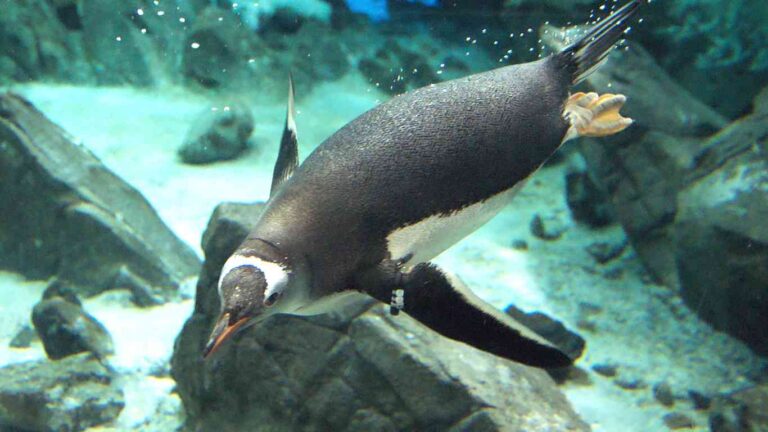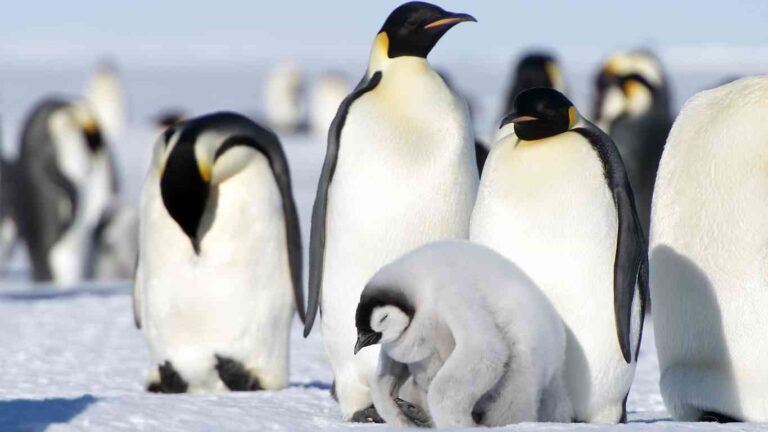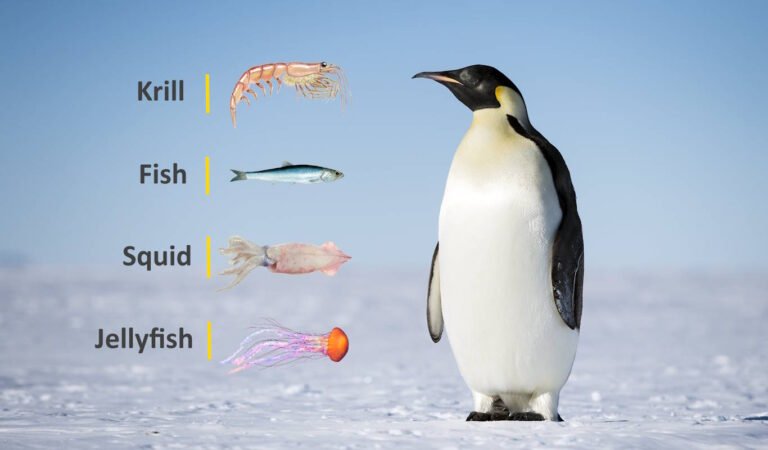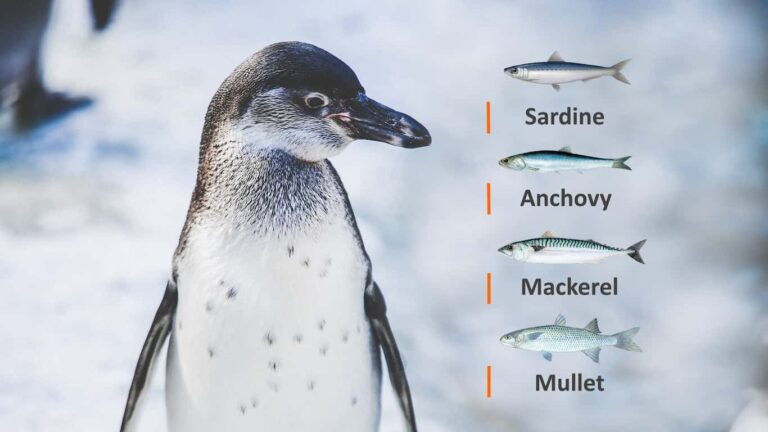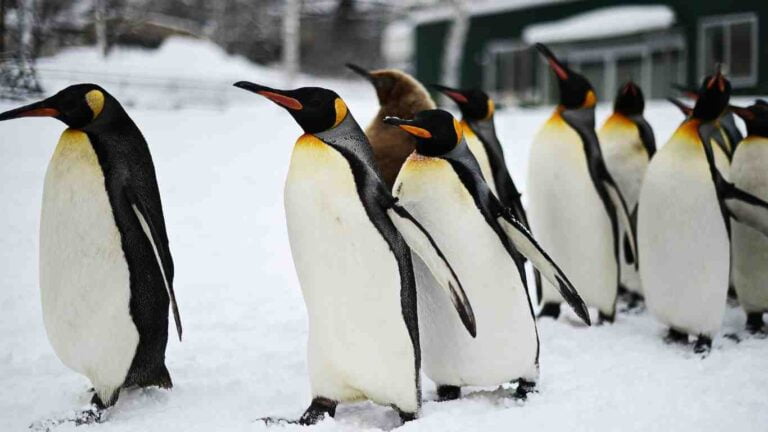Do Penguins Have Wings or Flippers?
Have you ever wondered whether penguins have wings or flippers? These charismatic creatures, known for their distinctive tuxedo-like appearance, have an unexpected twist when it comes to their “wings.”
Let’s take a closer look at this interesting feature unravel the mystery of penguin anatomy.
Do Penguins Have Wings or Flippers?
Penguins are birds that have wings, but their wings have evolved into flippers specially adapted for swimming instead of flying.
Their flipper-like wings are tapered, flattened, and have rigid, straight bones which make them strong and effective for propulsion underwater.
While other birds have wings suited for flying, penguins use their sturdy, powerful flippers to move gracefully and agilely through the water.
Technically, these are still wings as penguins are birds, but they are commonly referred to as flippers due to their specialized function in aiding movement through water.
From an evolutionary perspective, the ancestors of modern penguins could fly, like many other birds. Since they spent much of their time in the ocean, natural selection favored these undersea foragers.
The scientific narrative behind this transformation is an excellent display of nature’s engineering at play.
The high density of water compared to air requires a swimmer to be stable and powerful to propel forward. Penguin wings as flippers have thus grown shorter and stiffer over evolutionary time.
The bones in penguin wings are flat and broad, providing a flipper-like shape. They also lack the airspaces found in the bones of flying birds.
This adaptation is an excellent match for aquatic life as it turns the flipper into an effective paddle.
In reality, penguin wings are the epitome of evolutionary trade-offs. By becoming sturdy and waterproof, they sacrificed the capability to fly.
Still, this outcome, has allowed these charming birds to diverge into a remarkable niche. The compact feathers tightly pack to reinforce warmth and provide a hydrodynamic surface.
Research-led insights affirm that the overlapping structure makes the flipper watertight and streamlined, a fundamental characteristic for the survival of the species in freezing waters.
Do Penguins Have Wings or Fins?
Penguins have wings, but they are not fins. Penguins are birds with wings that have evolved into flippers to aid in swimming.
While these wings function similar to fins, allowing penguins to fly through water, they are technically still wings.
Unlike other birds that use their wings for flight, penguins have adapted their wing structures for aquatic navigation.
Their strong pectoral muscles and stiff, streamlined feathers, along with compressed wing bones, make their flippers powerful and effective for movement in their marine environment.
Can Penguins Flap Their Wings?
Penguins can flap their wings. However, unlike birds that fly, penguins use their wings primarily for swimming through water rather than for airborne flight.
Penguin wings are adapted to be more like flippers, with stiff, flattened bones that make them effective for propulsion and maneuvering while they swim.
In the evolutionary process, penguins have traded flight in the air for adept swimming abilities. Their wings are powerful and muscular, suited to their marine lifestyle.
The flapping motion penguins use is similar to the flapping of flying birds, but its purpose is to move swiftly underwater.
An upper layer of dense, waterproof feathers helps to streamline their movement, allowing them to reach impressive speeds and dive to great depths in search of food.
Summary
In conclusion, penguins have evolved wings that serve a purpose starkly different from those of their aerially-inclined avian relatives.
The unique adaptations of their wings turned flippers enable penguin species to dart through water with elegance and speed, showing how nature crafts perfectly suited tools for survival.
Their flippers, though named differently, are scientifically identified as wings that have evolved to meet their ecological needs, blending both form and function.
(Featured image by Paul Carroll on Unsplash)

